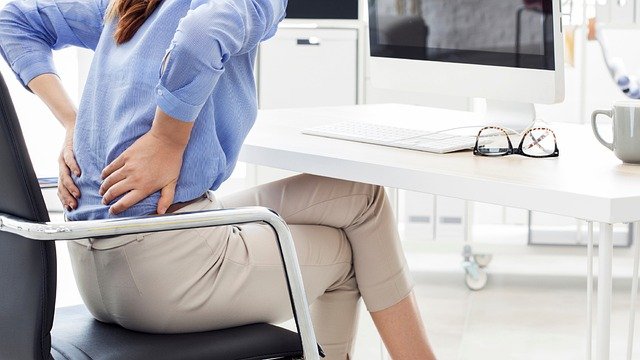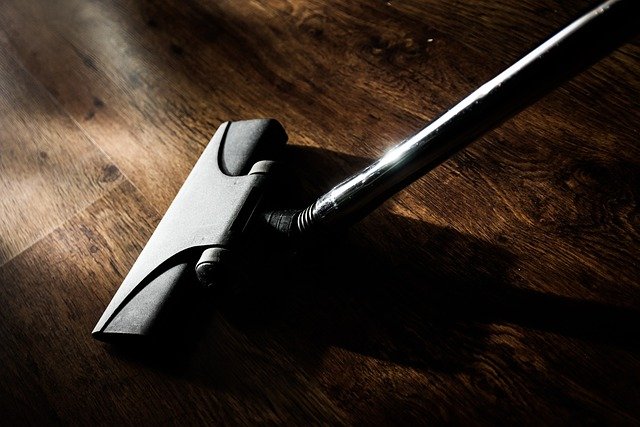Posture Correctors: A Comprehensive Guide to Improving Your Alignment
Poor posture is a common issue in today's sedentary world, leading many to seek solutions for back pain and improved alignment. Posture correctors have gained popularity as a potential aid, but understanding their types, uses, and limitations is crucial before investing in one. This article explores the world of posture correctors, offering insights into their design, application, and effectiveness.

What are the different types of posture correctors and how do they work?
Posture correctors come in various forms, each designed to address specific alignment issues. The most common types include:
-
Brace-style correctors: These wrap around the upper body, providing support to the shoulders and back. They work by gently pulling the shoulders back, encouraging proper alignment of the spine.
-
Wearable electronic devices: These smart gadgets attach to your upper back and vibrate when they detect poor posture, reminding you to straighten up.
-
Kinesiology tape: This flexible tape is applied directly to the skin in specific patterns to provide sensory feedback and encourage proper muscle engagement.
-
Posture shirts: These specialized garments incorporate tension panels that activate core muscles and promote better alignment throughout the day.
-
Lumbar support cushions: While not worn on the body, these cushions are designed to support the lower back when sitting, promoting better posture in chairs and car seats.
Each type of corrector aims to retrain muscles and increase awareness of proper alignment, though their approaches and effectiveness may vary.
When do people typically consider using a posture corrector?
People often turn to posture correctors in response to various lifestyle factors and health concerns:
-
Desk job discomfort: Those who spend long hours sitting at a computer may experience neck and back pain, prompting them to seek posture support.
-
Chronic back pain: Individuals with persistent back issues may explore posture correctors as a non-invasive treatment option.
-
Athletic performance: Some athletes use posture correctors to improve their form and reduce the risk of injury during training and competition.
-
Pregnancy-related discomfort: Expectant mothers might use specialized posture supports to alleviate strain on their changing bodies.
-
Recovery from injury: As part of rehabilitation, posture correctors may be recommended to support proper healing and prevent future issues.
-
Aesthetic concerns: Some people use posture correctors to improve their overall appearance by achieving a more upright stance.
It’s important to note that while posture correctors can be helpful in many situations, they should not be seen as a cure-all for underlying health issues.
What factors should you consider before selecting a posture support device?
Choosing the right posture corrector requires careful consideration of several factors:
-
Comfort and wearability: The device should be comfortable enough for extended use without causing irritation or restricting movement.
-
Targeted area: Identify which part of your posture needs the most support (e.g., upper back, lower back, or shoulders) and choose a device designed for that area.
-
Adjustability: Look for correctors that can be customized to fit your body shape and size for optimal effectiveness.
-
Material quality: Opt for breathable, durable materials that can withstand regular use and washing.
-
Visibility under clothing: If discretion is important, consider low-profile designs that can be worn inconspicuously under clothing.
-
User reviews and expert recommendations: Research product reviews and consult with healthcare professionals to gauge the effectiveness of different options.
-
Price and warranty: Balance your budget with the quality and features offered, and check for warranties or return policies in case the device doesn’t meet your needs.
Remember that the most expensive option isn’t always the best fit for everyone. It’s crucial to find a posture corrector that aligns with your specific needs and lifestyle.
Why might consistent habits be more important than devices alone?
While posture correctors can be helpful tools, developing consistent habits is often more crucial for long-term posture improvement:
-
Muscle memory: Regular practice of good posture helps train your muscles to maintain proper alignment naturally, even without a device.
-
Core strength: Engaging in exercises that strengthen core muscles provides internal support for better posture, which no external device can replicate.
-
Mindfulness: Developing awareness of your posture throughout the day helps you make conscious adjustments, leading to lasting improvements.
-
Flexibility: Regular stretching and mobility exercises can address underlying issues that contribute to poor posture, such as tight muscles or limited range of motion.
-
Ergonomic adjustments: Making changes to your work environment, such as adjusting chair height or monitor position, can have a more significant impact than relying solely on a corrector.
-
Lifestyle changes: Incorporating movement breaks and reducing sedentary time can naturally improve posture and overall health.
While posture correctors can serve as helpful reminders and provide temporary support, they should be viewed as part of a broader strategy for improving posture and body awareness.
When should you seek professional advice for posture concerns?
Professional guidance is invaluable in addressing posture issues, especially in certain situations:
-
Persistent pain: If you experience ongoing discomfort or pain related to posture, consult a healthcare provider to rule out underlying conditions.
-
Limited improvement: If self-directed efforts and over-the-counter devices haven’t yielded results, a professional can offer personalized advice and treatment plans.
-
Specific medical conditions: Conditions like scoliosis, arthritis, or osteoporosis may require specialized approaches to posture correction.
-
After injury or surgery: Proper guidance is crucial during recovery to ensure safe and effective posture improvement.
-
Athletic performance: Professional athletes or those looking to optimize their physical performance can benefit from expert analysis of their posture and movement patterns.
-
Workplace ergonomics: Occupational therapists or ergonomic specialists can provide tailored advice for improving posture in specific work environments.
-
Children and adolescents: Growing bodies may need professional oversight to address posture issues early and prevent long-term problems.
Remember, while posture correctors can be useful tools, they are not substitutes for professional medical advice. A healthcare provider can offer a comprehensive assessment and develop a tailored plan to address your specific posture concerns.
In conclusion, posture correctors offer a range of options for those seeking to improve their alignment and reduce discomfort. By understanding the different types available, considering key factors before purchase, and recognizing the importance of consistent habits, you can make informed decisions about incorporating these devices into your posture improvement journey. However, it’s crucial to remember that professional guidance is often the most effective path to lasting posture improvement and overall musculoskeletal health.
This article is for informational purposes only and should not be considered medical advice. Please consult a qualified healthcare professional for personalized guidance and treatment.




